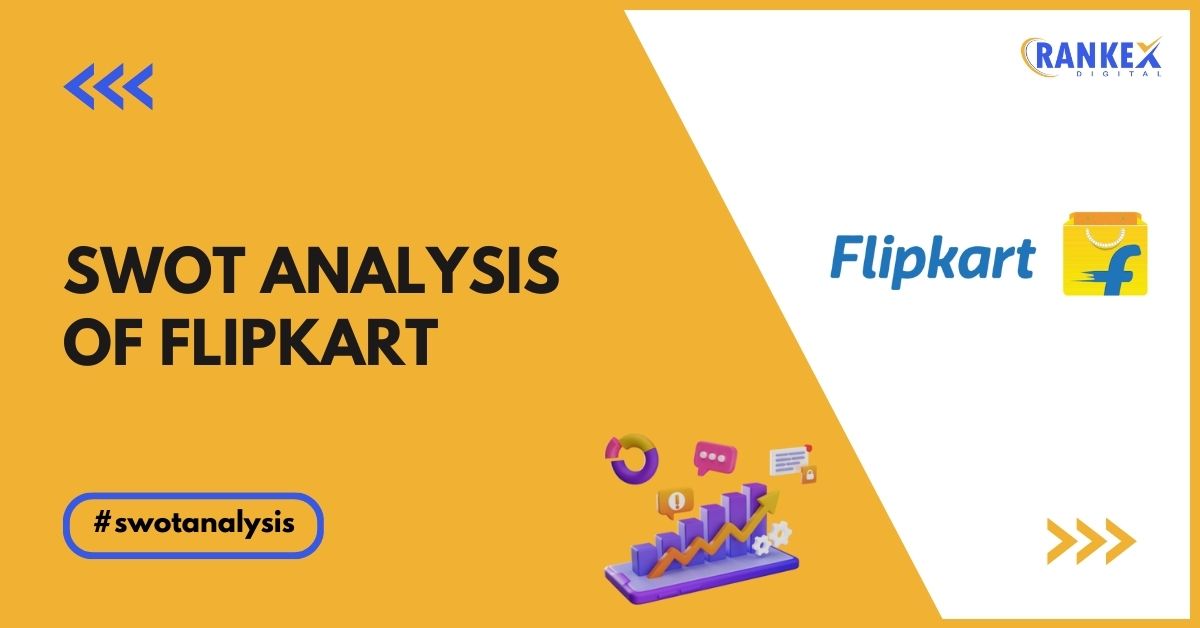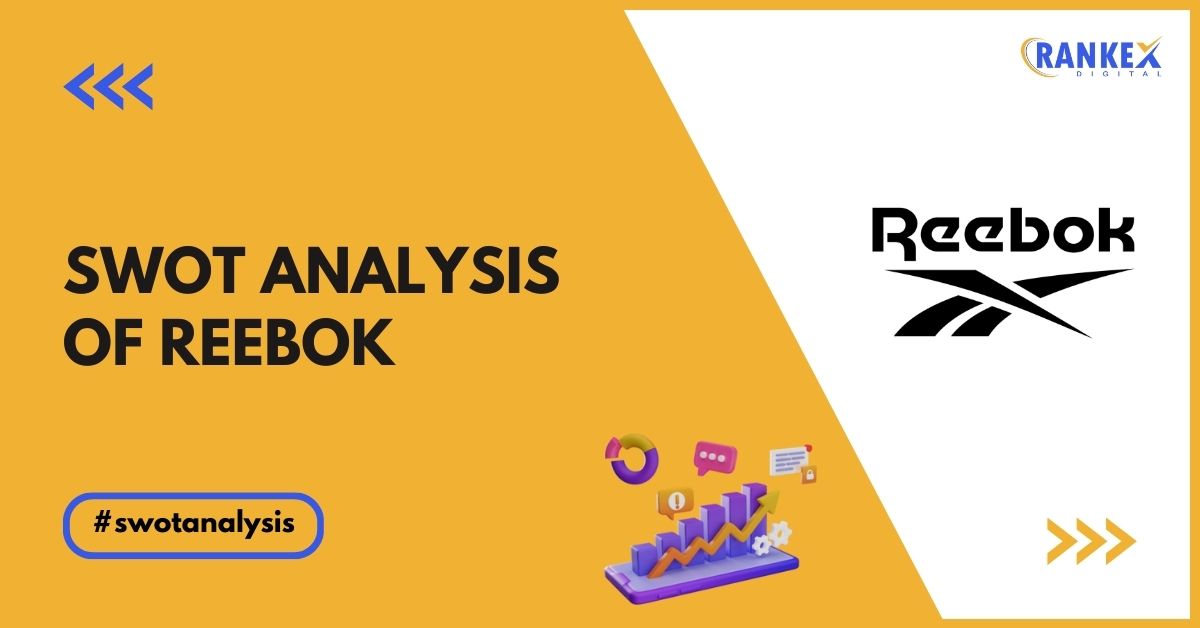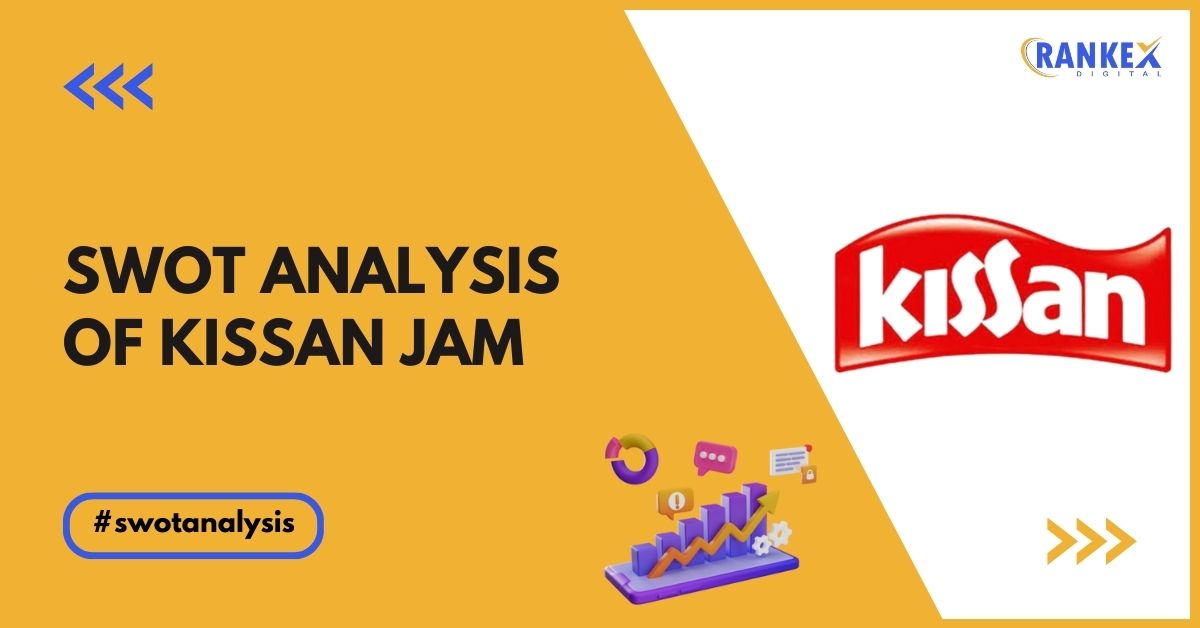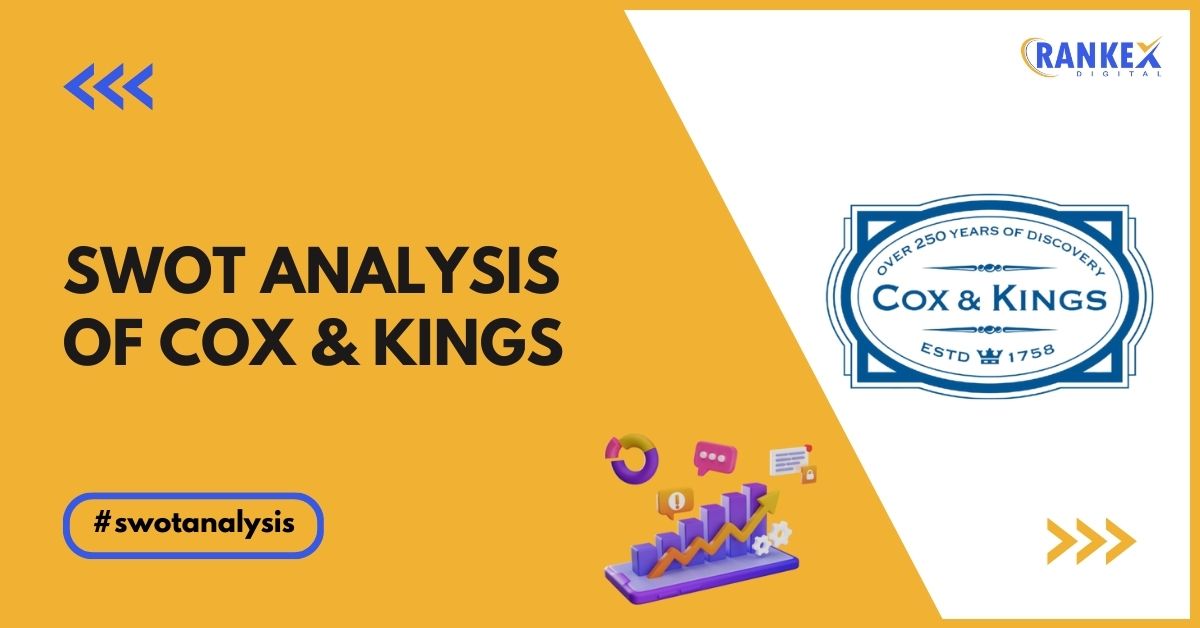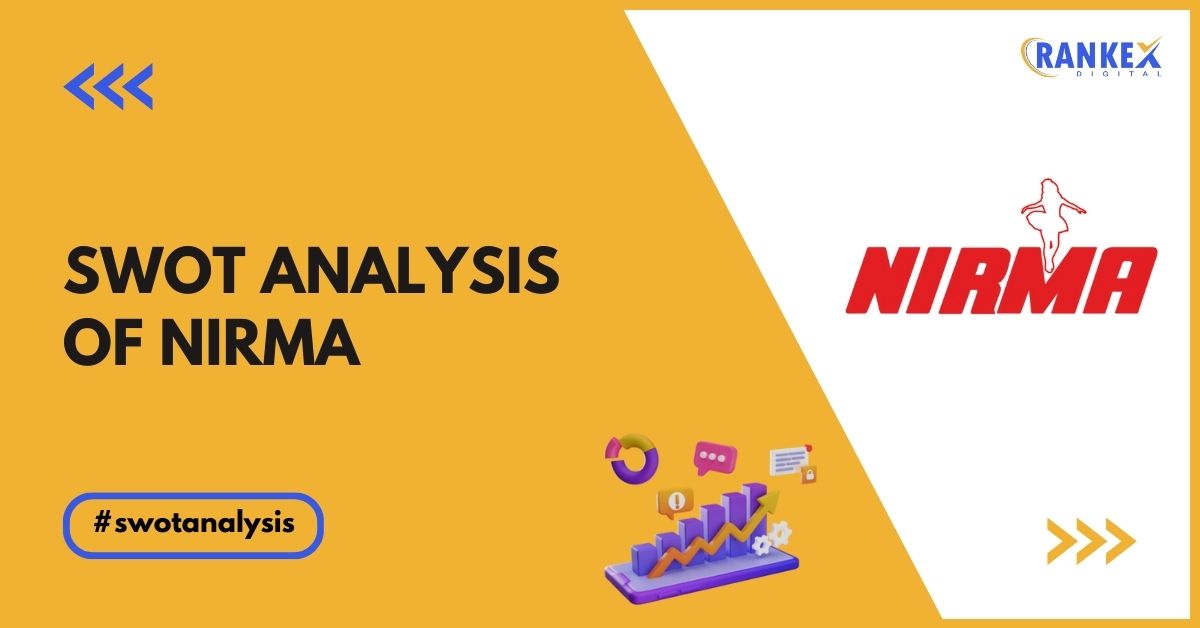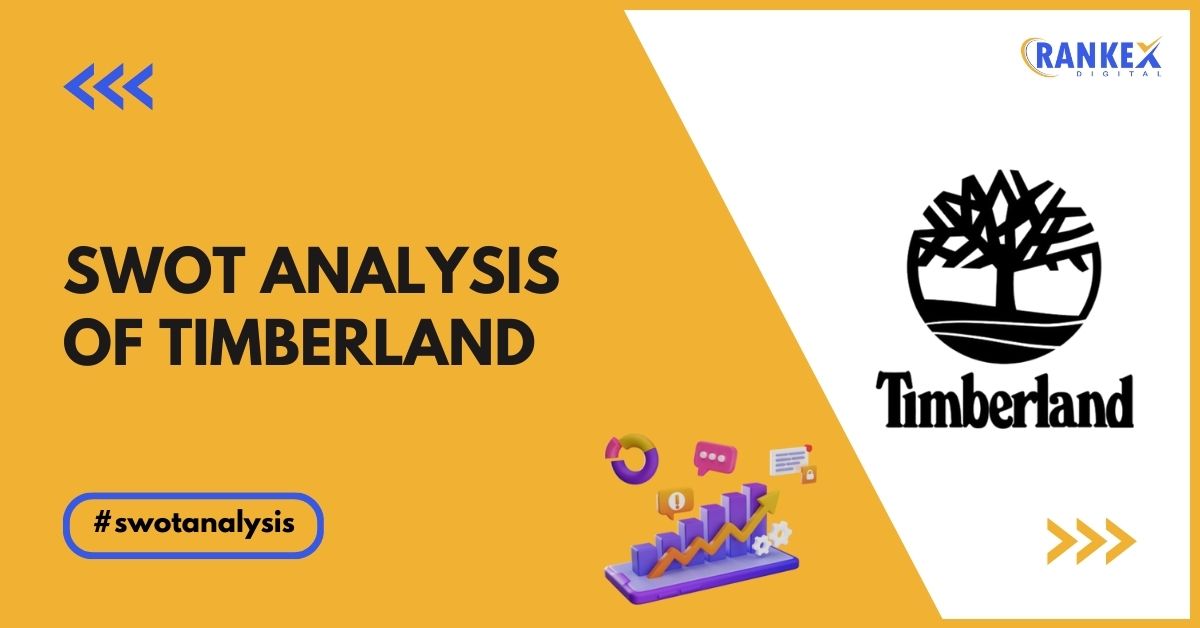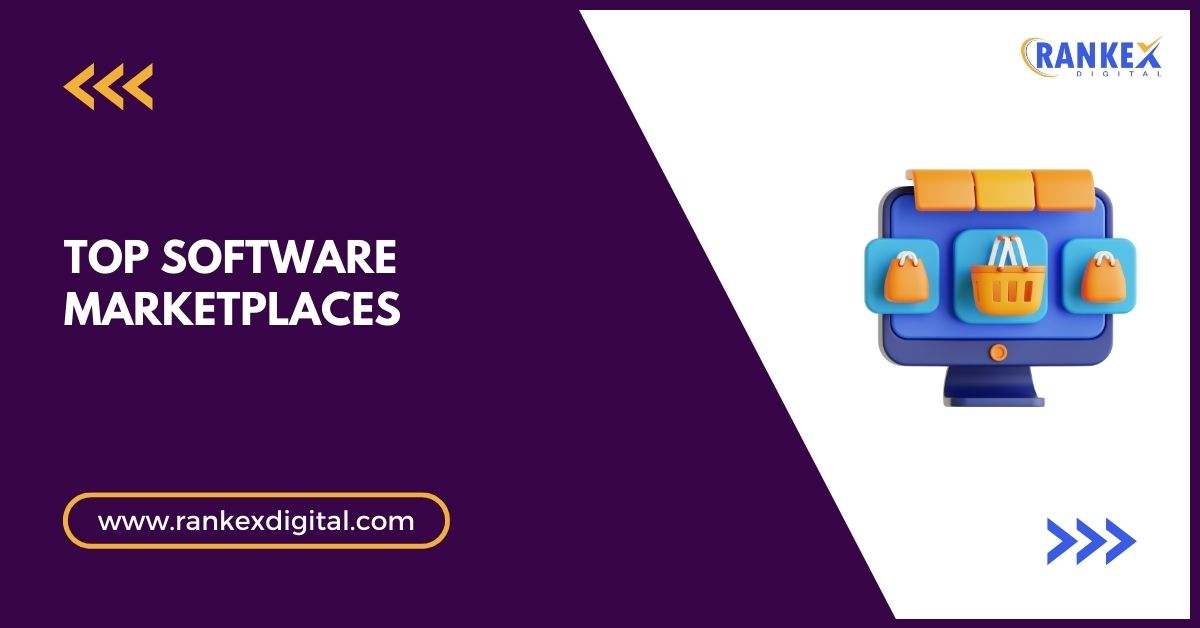Flipkart, founded in 2007, is one of India’s leading e-commerce platforms, providing a wide range of products from electronics to fashion. Acquired by Walmart in 2018, Flipkart has continued to grow and innovate in the competitive e-commerce landscape.
This SWOT analysis of Flipkart provides an updated look at the company’s strengths, weaknesses, opportunities, and threats.
Table of Contents
Overview of Flipkart
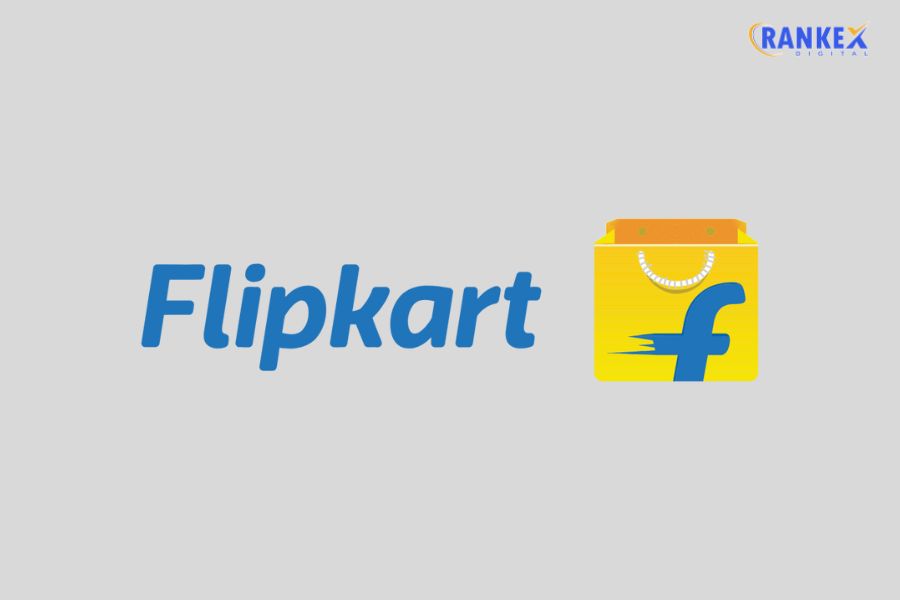
| Founder | Sachin Bansal, Binny Bansal |
|---|---|
| Year Founded | 2007 |
| Origin | Bangalore, India |
| Parent Company | Walmart |
| Industry | E-commerce |
| Annual Revenue | $29 Billion (Walmart, FY 2023) |
| Employees | 30,000+ (Globally) |
Flipkart has established itself as a dominant player in the Indian e-commerce market, competing with other major platforms such as Amazon India and Reliance’s JioMart. The platform is known for its diverse product range, competitive pricing, and strong logistics network.
Current News on the Market on Flipkart
- Expansion of Private Labels: Flipkart has been investing in and expanding its private label offerings, such as Flipkart SmartBuy, to enhance product differentiation and improve profit margins.
- Strengthening Logistics Network: The company is focusing on enhancing its logistics infrastructure, including the development of new fulfilment centres and improvement in delivery speed and efficiency.
- Technology and AI Integration: Flipkart is leveraging artificial intelligence and machine learning to optimize supply chain management, personalize customer experiences, and improve search algorithms.
- Sustainability Initiatives: Flipkart has committed to reducing its carbon footprint and increasing sustainability efforts, including eco-friendly packaging and energy-efficient operations.
- Competitive Pricing Strategies: To counteract competition, Flipkart continues to offer aggressive pricing and discounts, especially during major sales events like the Big Billion Days.
SWOT Analysis of Flipkart
Strengths of Flipkart
- Strong Market Presence
Flipkart is a leading player in India’s e-commerce market, benefiting from a strong brand reputation and a vast customer base. Its established market presence helps it attract new customers and retain existing ones. - Wide Product Range
The platform offers a diverse range of products, from electronics and fashion to home goods and groceries. This wide product selection caters to various consumer needs and preferences, enhancing customer satisfaction and loyalty. - Robust Logistics and Delivery Network
Flipkart has developed an extensive logistics network, including fulfilment centres and delivery hubs, which ensures efficient and timely delivery of products. This infrastructure supports its ability to handle high order volumes and maintain service quality. - Strong Technological Integration
Flipkart’s use of advanced technologies, such as AI and machine learning, enhances its operational efficiency and customer experience. Innovations in search algorithms, personalized recommendations, and supply chain management contribute to its competitive edge. - Support from Parent Company Walmart
As a subsidiary of Walmart, Flipkart benefits from financial support, global supply chain expertise, and strategic guidance. This backing helps Flipkart invest in technology, expand its product offerings, and improve its market position.
Weaknesses of Flipkart
- Intense Competition
Flipkart faces fierce competition from other major e-commerce players, including Amazon India and Reliance’s JioMart. This intense rivalry pressures Flipkart to continuously innovate and maintain competitive pricing, which can impact profit margins. - Dependence on Discounts and Promotions
Flipkart’s reliance on heavy discounts and promotional campaigns to attract customers can strain profit margins and create a perception of low-quality products. This approach can also lead to increased customer acquisition costs. - Challenges in Rural Market Penetration
While Flipkart has a strong presence in urban areas, penetrating rural markets remains a challenge due to logistical constraints and lower internet penetration. Expanding into these regions requires additional investment and strategic planning. - Operational Complexity
Managing a vast product range, numerous sellers, and a complex logistics network can lead to operational inefficiencies and increased costs. Ensuring consistent quality and timely delivery across all products and regions can be challenging. - Regulatory and Compliance Issues
Flipkart must navigate various regulatory requirements and compliance issues, including data privacy laws and e-commerce regulations. Staying compliant with evolving regulations can be resource-intensive and affect operational flexibility.
Opportunities for Flipkart
- Expansion into New Product Categories
By diversifying into new product categories, such as health and wellness or premium electronics, Flipkart can attract new customer segments and increase market share. Expanding into emerging categories can also provide additional revenue streams. - Growth in Tier 2 and Tier 3 Cities
Increasing internet penetration and rising disposable incomes in Tier 2 and Tier 3 cities present significant growth opportunities for Flipkart. Expanding its reach in these regions can help capture a larger customer base and drive sales. - Enhancing E-commerce Technology
Investing in advanced e-commerce technologies, such as augmented reality (AR) for virtual try-ons and blockchain for supply chain transparency, can improve the shopping experience and operational efficiency. - Strategic Partnerships and Acquisitions
Forming strategic partnerships with other brands or acquiring complementary businesses can help Flipkart expand its product offerings, enhance its technological capabilities, and enter new markets. - Sustainability and Eco-Friendly Practices
Embracing sustainability initiatives, such as reducing carbon emissions and using eco-friendly packaging, can enhance Flipkart’s brand image and appeal to environmentally-conscious consumers.
Threats to Flipkart
- Regulatory and Compliance Risks
Changes in e-commerce regulations, data protection laws, and taxation policies can pose challenges to Flipkart’s operations. Compliance with new regulations may require significant adjustments and investments. - Economic Fluctuations
Economic downturns or fluctuations in consumer spending can affect e-commerce sales. During periods of economic uncertainty, consumers may cut back on discretionary spending, impacting Flipkart’s revenue. - Cybersecurity Threats
As an online retailer, Flipkart is vulnerable to cybersecurity threats, including data breaches and hacking attempts. Ensuring robust security measures and protecting customer data are critical for maintaining trust and avoiding potential legal issues. - Supply Chain Disruptions
Disruptions in the supply chain, whether due to global events, natural disasters, or logistical issues, can affect inventory levels and delivery times. Managing supply chain risks is crucial for maintaining service quality and customer satisfaction. - Shifting Consumer Preferences
Changes in consumer preferences and shopping behaviours can impact Flipkart’s sales and market position. Staying ahead of trends and adapting to evolving consumer needs is essential for maintaining competitiveness.
Competitors of Flipkart
Flipkart operates in a highly competitive e-commerce landscape, with several key players challenging its market position:
- Amazon India
Amazon India is Flipkart’s primary competitor, offering a vast product range, advanced logistics, and competitive pricing. Amazon’s strong global presence and technological innovations make it a formidable rival. - Reliance JioMart
JioMart, part of Reliance Industries, is rapidly expanding its e-commerce presence in India. With its focus on groceries and other consumer goods, JioMart presents a significant challenge to Flipkart, particularly in the grocery segment. - Snapdeal
Snapdeal is another major player in the Indian e-commerce market, focusing on value-for-money products and a broad range of categories. Snapdeal’s emphasis on affordability and diverse offerings makes it a competitor to Flipkart. - Myntra
Myntra, owned by Flipkart, operates as a leading fashion and lifestyle e-commerce platform. While it is part of the Flipkart Group, it competes in the fashion segment with other players like Ajio and Amazon Fashion. - Tata Cliq
Tata Cliq, part of the Tata Group, is a significant competitor in the Indian e-commerce market. Its focus on premium and branded products, along with its association with the Tata brand, presents a challenge to Flipkart’s market share.
Conclusion
The SWOT analysis of Flipkart highlights its strong market presence, diverse product range, and technological advancements as key strengths. However, the company faces challenges from intense competition, operational complexity, and regulatory risks.
By capitalizing on growth opportunities in new markets and product categories, enhancing e-commerce technology, and embracing sustainability, Flipkart can continue to thrive and strengthen its position in the Indian e-commerce landscape.
Frequently Asked Questions
1. What are Flipkart’s main strengths?
Flipkart’s main strengths include its strong market presence, wide product range, robust logistics network, technological integration, and support from its parent company Walmart.
2. How does Flipkart address competition in the e-commerce market?
Flipkart addresses competition by offering competitive pricing, investing in technology and innovation, expanding its product offerings, and enhancing its logistics infrastructure to ensure efficient delivery.
3. What opportunities does Flipkart have for growth in 2025?
Opportunities for Flipkart include expanding into new product categories, growing in Tier 2 and Tier 3 cities, investing in e-commerce technology, forming strategic partnerships, and embracing sustainability practices.
4. What are the major threats to Flipkart?
Major threats include regulatory and compliance risks, economic fluctuations, cybersecurity threats, supply chain disruptions, and shifting consumer preferences.
5. Who are Flipkart’s main competitors?
Flipkart’s main competitors include Amazon India, Reliance JioMart, Snapdeal, Myntra, and Tata Cliq, each challenging Flipkart in various segments of the e-commerce market.

